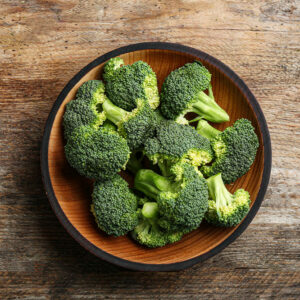
01
12 Side Effects of Not Drinking Enough Water
Water is a vital component that supports the body’s functioning on almost every level. For instance, it ensures optimal oxygen supply to different organs, provides energy, regulates internal temperature through perspiration, lubricates the joints, and facilitates other essential functions that promote one’s overall well-being. But unfortunately, most people overlook this basic need of the body in their busy schedules and fail to drink adequate amounts of water, which turns out detrimental in the long run. Side effects of insufficient water intake The required daily water intake can vary from person to person depending on their age, activity level, and other factors. However, the recommended amount is 2.7 liters for women and 3.7 liters for men. A person’s body may not show signs of thirst on not meeting this requirement. However, it can lead to several complications over time. In most cases, these complications are mistaken for other health concerns but are actually the side effects of a lack of water intake. Below are a few immediate and long-term side effects of drinking insufficient water: Dehydration Dehydration occurs when the body loses more water through vomiting, diarrhea, or sweating than it receives. This can lead to imbalances in bodily functions and cause physical symptoms like dizziness and a dry mouth. Sometimes, it can also lead to reduced urination, which can cause further complications. While dehydration could result from other underlying health issues as well, one should proactively increase their water intake and see if the discomforts subside. Joint and muscle pain Hydration is crucial for joint lubrication, joint cushioning, and proper muscle function. Insufficient water intake can lead to joint stiffness, increased risk of injuries, and muscle cramps. Drinking water is especially crucial during physical activity to prevent these issues. Hence, individuals visiting the gym should carry a bottle of water and keep sipping it between workouts.
Read More 










